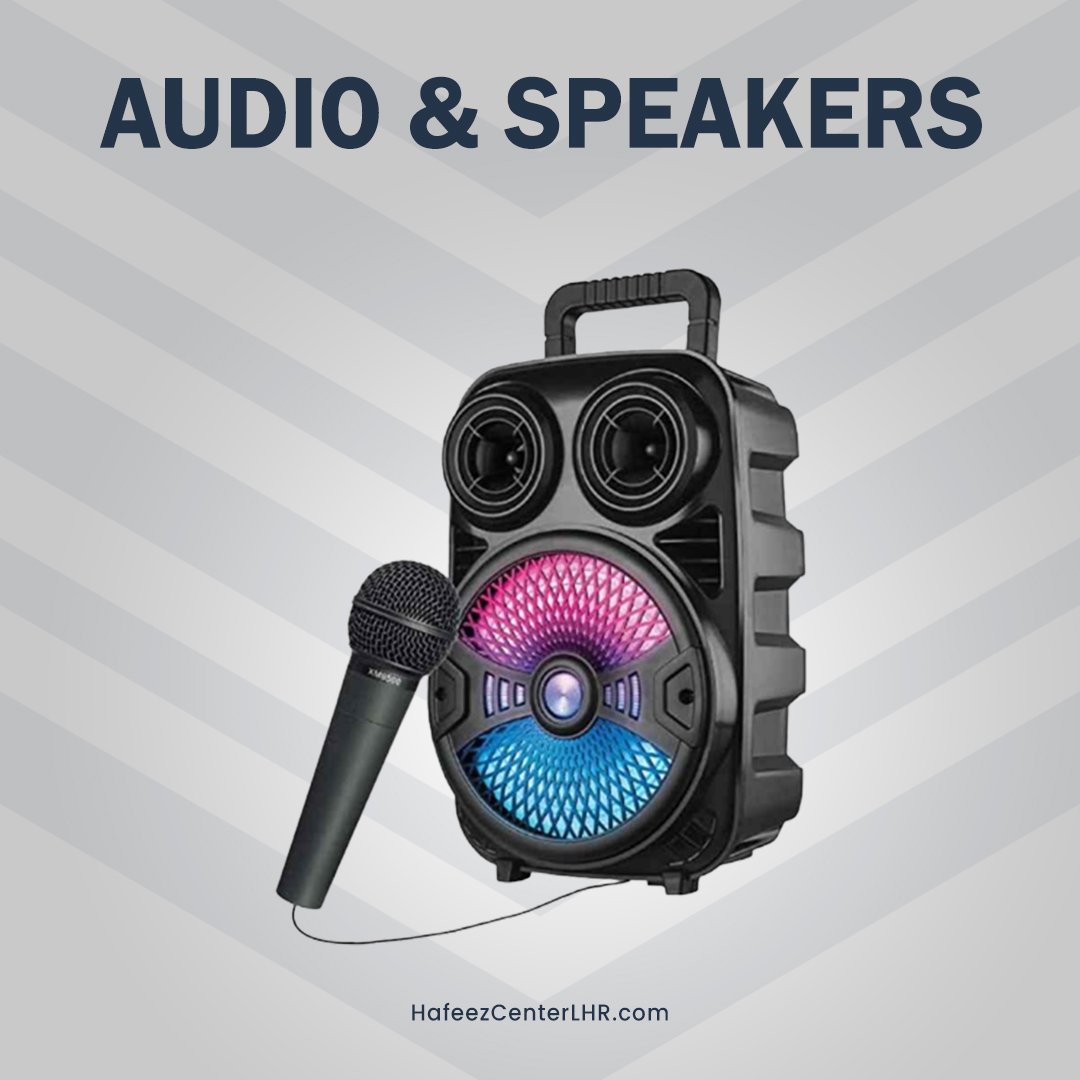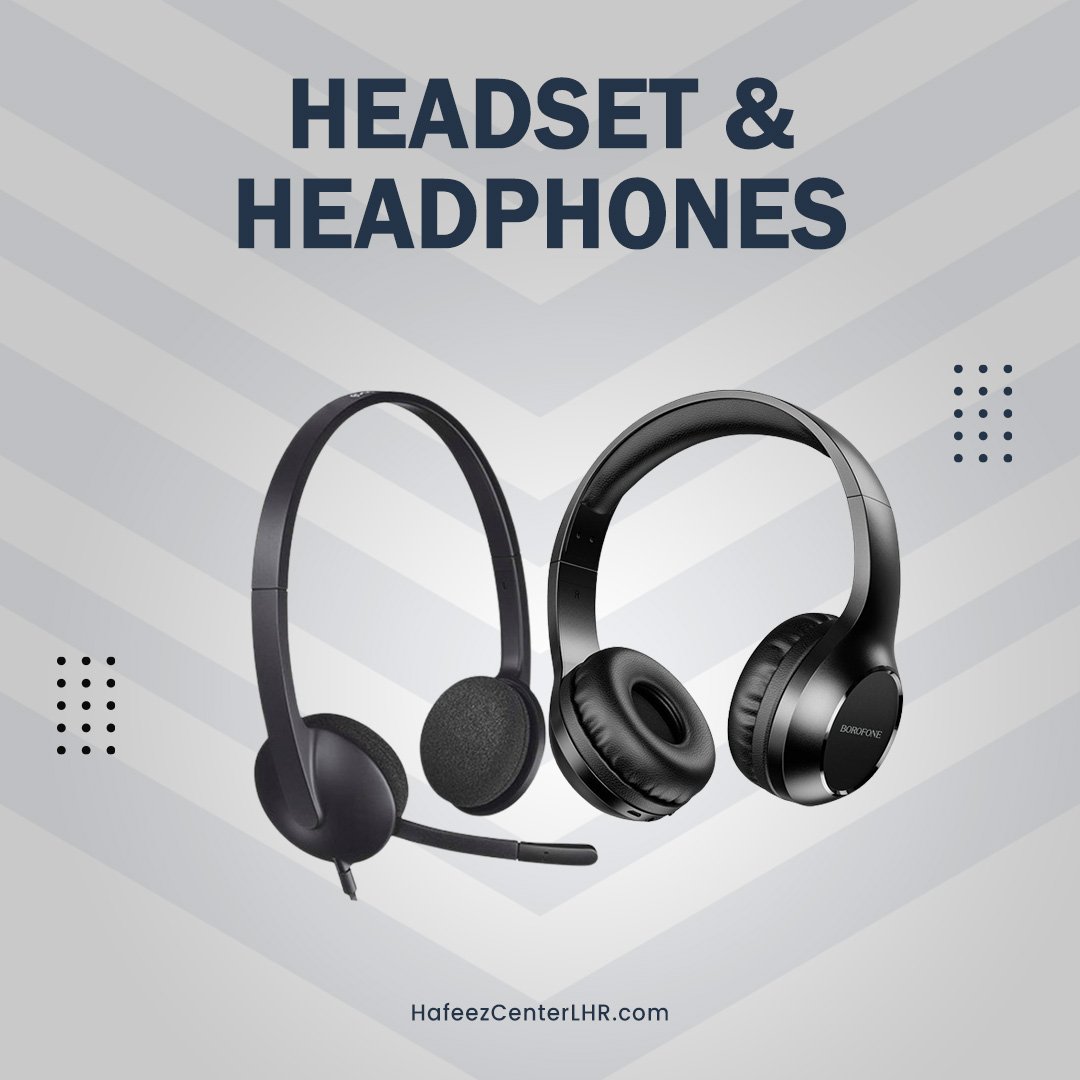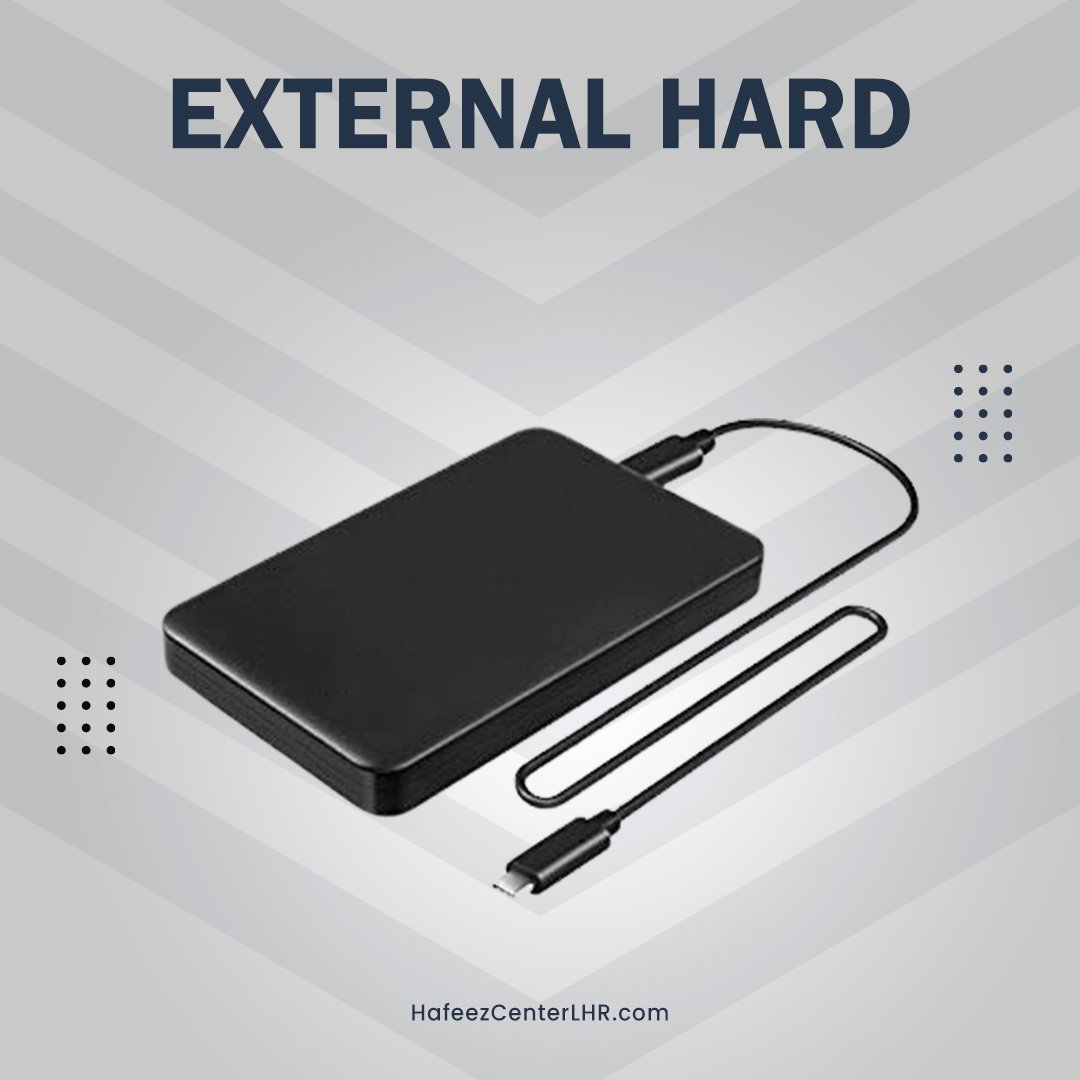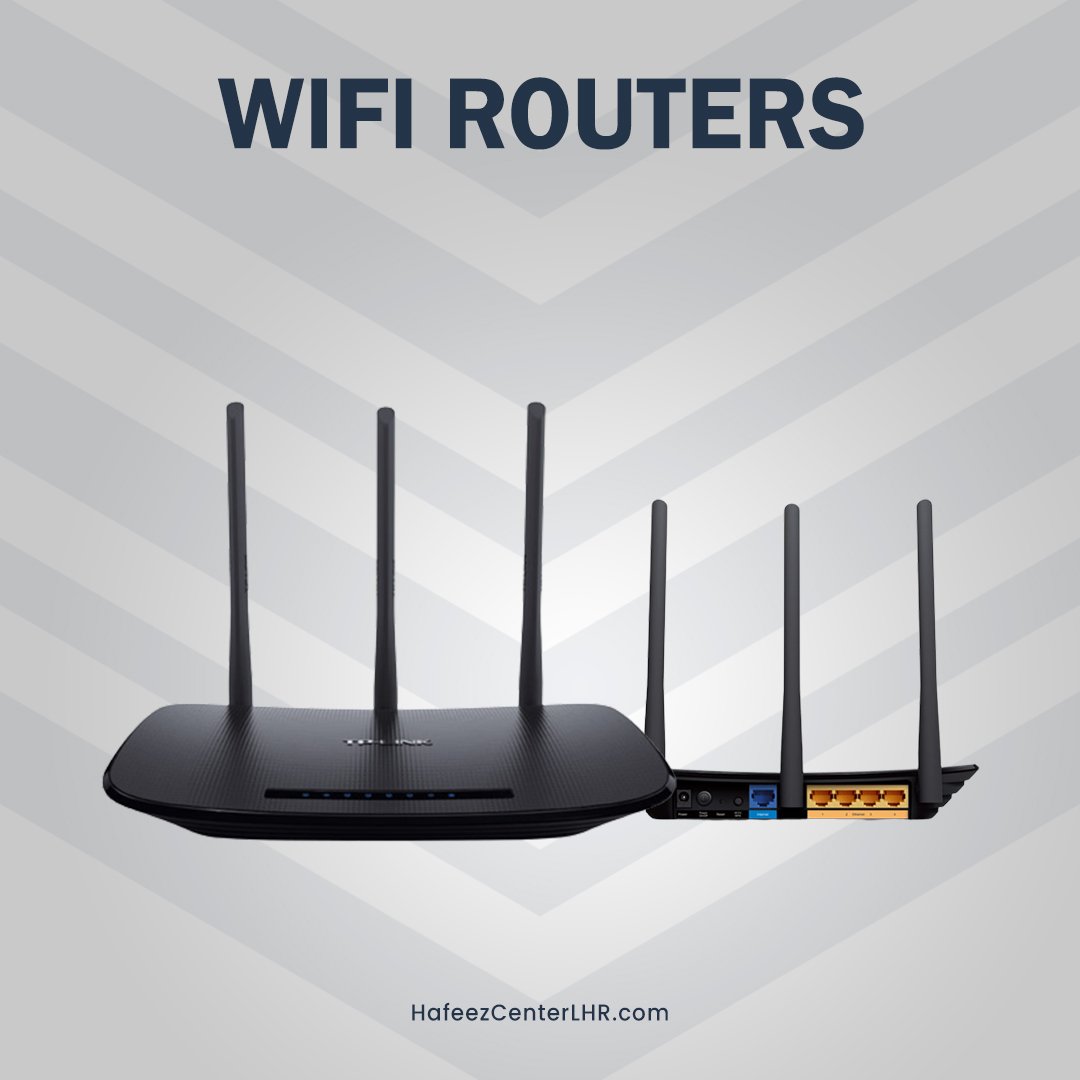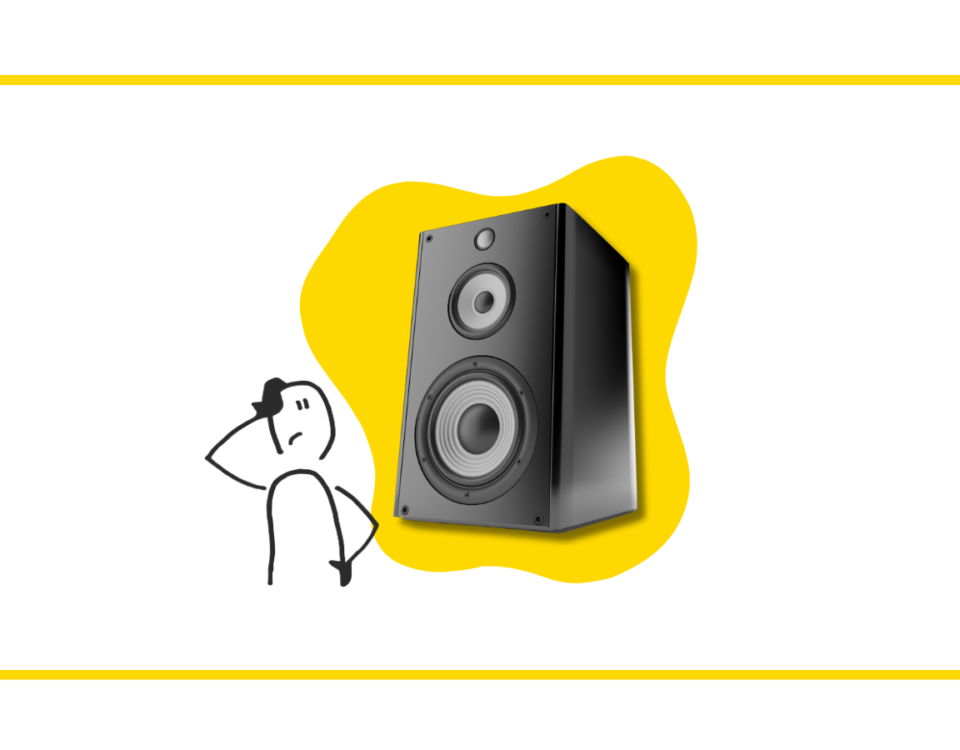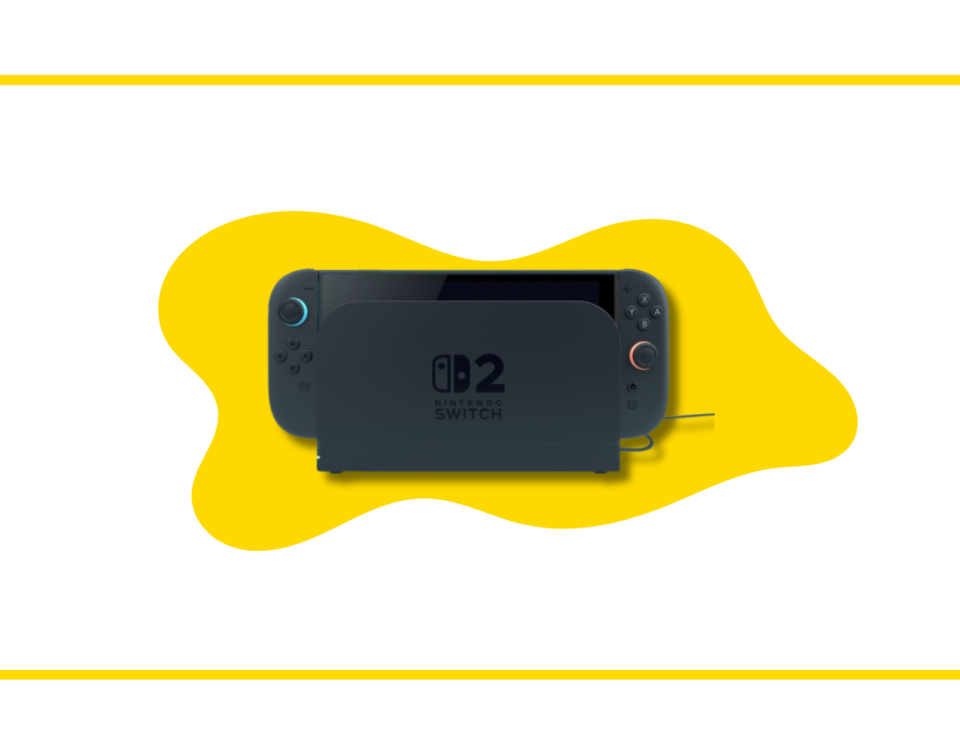
All-in-One Printers: Combining Printing, Scanning, and Copying
January 21, 2025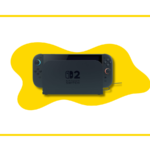
Nintendo Switch 2 Expectations: What We Know So Far
January 23, 2025Headphones are an essential part of our daily lives, from listening to music to joining virtual meetings. But have you ever wondered how do headphones work and produce such crystal-clear sound? In this blog, we’ll unravel the fascinating technology behind headphones and how they convert electrical signals into the sounds we hear.
Basic Anatomy of Headphones
Headphones consist of several key components that work together to create sound:
- Drivers: The core of sound production.
- Ear Cups or Earbuds: Enclose the drivers and direct sound to your ears.
- Headband or Wires: Ensure comfort and connectivity.
- Input Connector: Transfers audio signals from your device.
Each part plays a vital role in delivering the audio experience you enjoy.
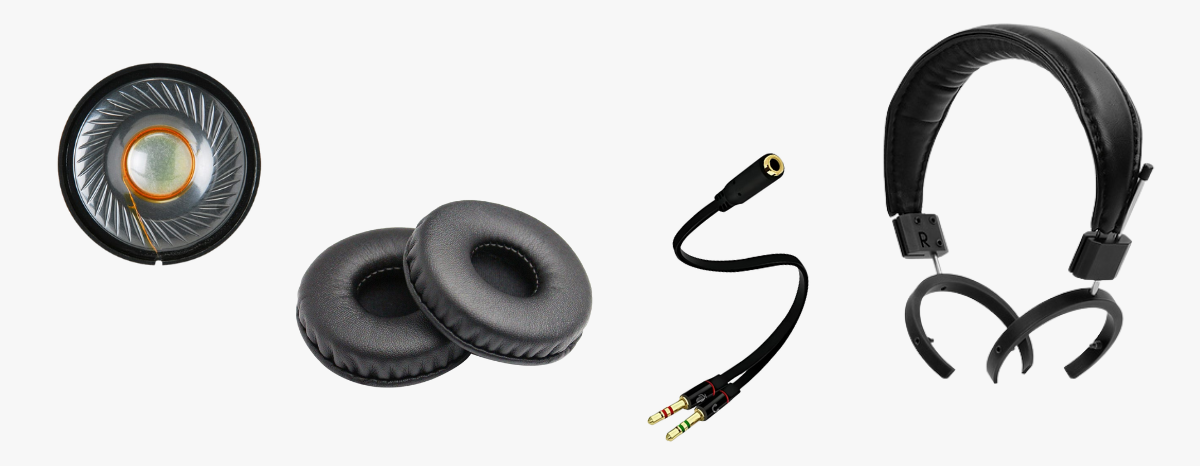
How do Headphones Work with Drivers
The driver is the most critical part of any headphones. It typically consists of three elements:
- Magnet: Generates a magnetic field.
- Voice Coil: Reacts to the magnetic field.
- Diaphragm: Vibrates to produce sound waves.
When an electrical signal passes through the voice coil, it creates vibrations in the diaphragm, converting electrical energy into mechanical energy. These vibrations create the sound waves that reach your ears.

Types of Headphone Drivers
Different headsets/headphones use varying driver technologies:
- Dynamic Drivers: Commonly used and known for powerful bass.
- Balanced Armature Drivers: Found in in-ear monitors, offering precise sound.
- Planar Magnetic Drivers: Used in high-end models, providing detailed sound.
- Electrostatic Drivers: Deliver exceptional audio clarity but require specialized amplifiers.
Each headphone driver has unique characteristics, catering to different listening preferences.
How Wireless Headphones Work
Wireless headphones add another layer of complexity by using:
- Bluetooth Technology: Transfers audio signals over short distances using radio waves.
- Battery and Chipset: Power the headphones and decode audio data.
Wireless headphones rely on codecs like aptX or AAC to compress and decompress audio signals, ensuring high-quality sound without wires.
Noise-Canceling Technology
Noise-canceling headphones use microphones and sound wave inversion to reduce external noise. This is known as Active Noise Cancellation (ANC). By generating sound waves opposite to unwanted noise, these headphones create a quiet environment, ideal for immersive listening.
Sound Quality Factors
The overall sound quality of headphones depends on:
- Frequency Response: The range of sounds they can reproduce.
- Impedance: Resistance to electrical signals, affecting power requirements.
- Sensitivity: How loud headphones can get with a given input.
Understanding these factors can help you choose headphones tailored to your needs.
Wired vs. Wireless: Which is Better?
Each option has its pros and cons:
- Wired Headphones: Reliable sound quality without latency.
- Wireless Headphones: Convenient and portable but may face connectivity issues.
Choosing between bluetooth or wired headphones depends on your priorities—sound fidelity or convenience.
Conclusion: How do Headphones Work?
Headphones are a marvel of modern technology, transforming electrical signals into sound waves that bring music, podcasts, and calls to life. By understanding how do headphones work, you can appreciate the innovation behind these devices and make informed decisions when purchasing your next pair.


